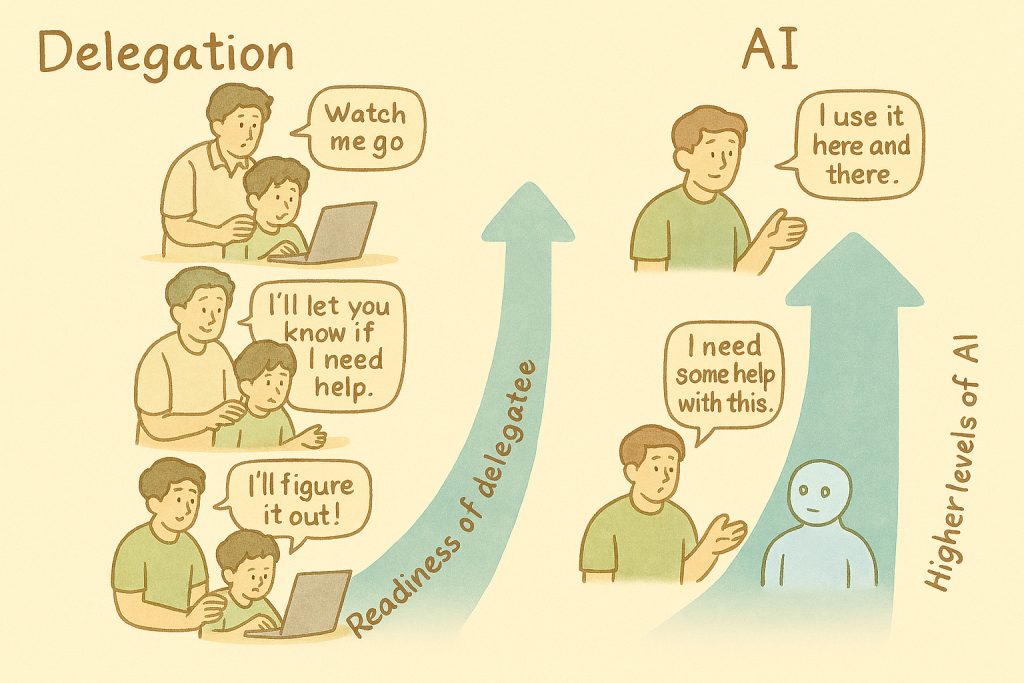Raj has been designated as product owner for the e-commerce website that the company is building. He was a business analyst and used to writing requirements document in the traditional SDLC [waterfall] model.
This team was following Agile practices and he now needed to write the requirements in the format of stories.
While Raj had read up about stories being byte sized, the items in the product backlog were too detailed with specifications on how a feature should be implemented, like the requirements specs that he was used to creating.
He spent a lot of time in the grooming sessions, much more than planned, in fact. But still, after 6 sprints, the team was not ready to deploy any code to production, as the stories that spilled over multiple sprints, were not completely done.
How can we help Product owner so that team can start producing or moving things to production?
Suggested Solution:
I would start with helping him understand why the organisation is moving to Agile i.e we are looking at making faster delivers to production and his role’s importance in making it happen. He could go for a formal session for product owner and get trained in story writing. Then as a coach, I would help him in writing stories and facilitate backlog grooming session for a couple of times. This would help him get started in the right way.




2 Responses
Very nice Vishu. I did the AUM chant now to just try out, I liked it, but may need to continue it more before kind of agreeing with you more emphatically. Very nice post..and thank you for writing this up
Thanks, Harish. Yes, Sustained practice will bring the transformation.